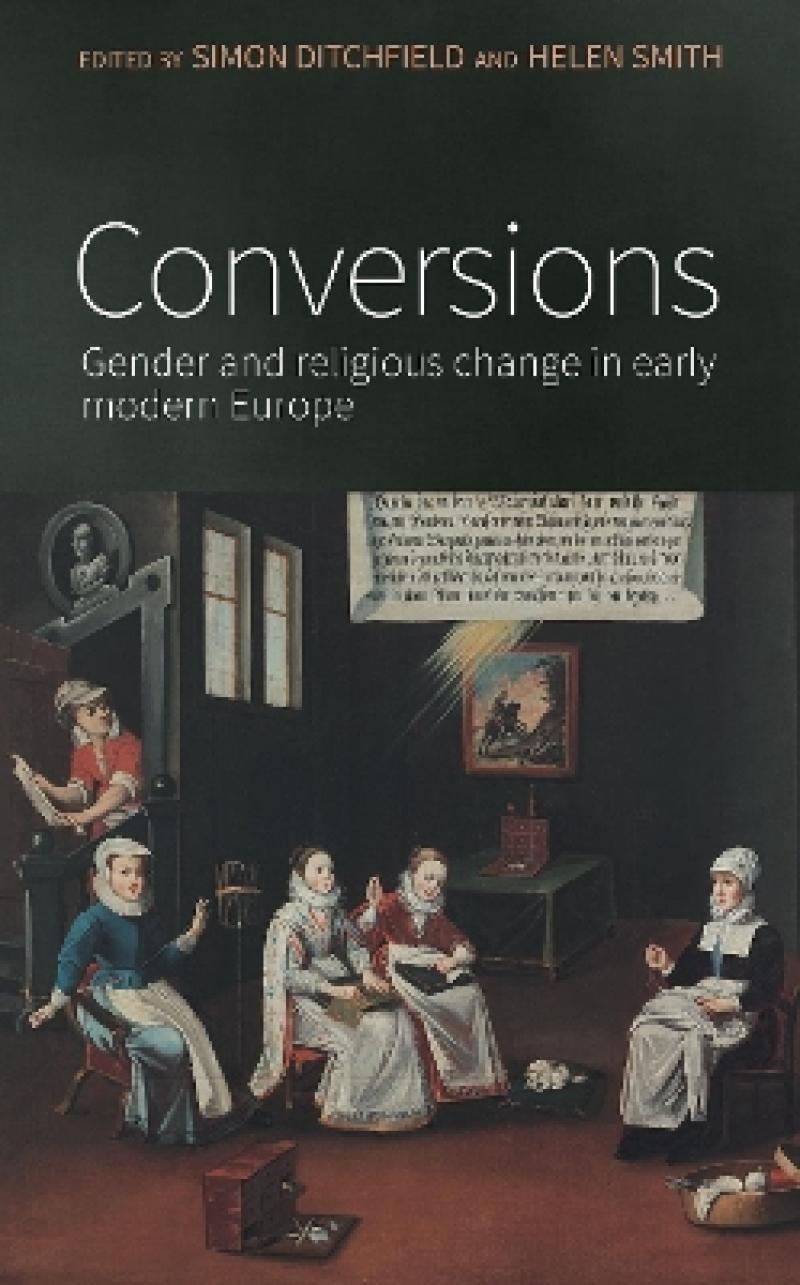<p>'This excellent collection of essays examines conversion at a time in which religious and theological uncertainties led to the reconfiguration of early modern European national identities. Ranging across regions and cities, from London to Venice, the essays also focus on issues of gender, hybridity and literary conventions. This book is an important addition to the growing body of scholarship on the study of the history of religion in Western Europe.'<br />Nabil Matar, University of Minnesota<br /><br />'This stimulating collection yields new insights into the fluid, unstable and creative relationship between gender and conversion in early modern Europe. Approaching the subject from a range of perspectives, it comprises a series of probing investigations of the nexus between religious subjectivity and gender identity against the backdrop of the Catholic and Protestant Reformations. A model of interdisciplinary dialogue and collaboration, it demonstrates compellingly how language, literature and culture reflected and shaped individual experiences of spiritual change.'<br /> Alexandra Walsham, University of Cambridge<br /><br />‘Offers an engrossing gallery of new work that makes a compelling case for embracing methodologically diverse approaches to the interface of gender and religious conversion in early modernity.’<br /><i>Professor Lowell Gallagher, Studies in English Literature</i></p>
- .,
Notes on contributors
Introduction – Simon Ditchfield and Helen Smith
Part I: Gendering conversion
1 To piety or conversion more prone? Gender and conversion
in the early modern Mediterranean – Eric Dursteler
2 The quiet conversion of a ‘Jewish’ woman in eighteenthcentury
Spain – David Graizbord
3 ‘A father to the soul and a son to the body’: gender and
generation in Robert Southwell’s Epistle to his father –
Hannah Crawforth
4 Gender and reproduction in the Spirituall experiences –
Abigail Shinn
Part II: Material conversions
5 ‘The needle may convert more than the pen’: women
and the work of conversion in early modern England –
Claire Canavan and Helen Smith
6 Uneven conversions: how did laywomen become nuns in the
early modern world?– Elizabeth A. Lehfeldt
7 Domus humilis: the conversion of Venetian convent
architecture and identity – Saundra Weddle
8 Converting the soundscape of women’s rituals, 1470–1560:
purification, candles, and the Inviolata as music for
churching – Jane D. Hatter
Part III: Travel, race, and conversion
9 Narrating women’s Catholic conversions in seventeenthcentury
Vietnam – Keith P. Luria
10 ‘I wish to be no other but as he’: Persia, masculinity, and
conversion in early seventeenth-century travel writing and
drama – Chloë Houston
11 Turning tricks: erotic commodification, cross-cultural
conversion, and the bed-trick on the English stage,
1580–1630 – Daniel Vitkus
12 Whatever happened to Dinah the Black? And other questions
about gender, race, and the visibility of Protestant saints –
Kathleen Lynch
Afterword – Matthew Dimmock
In early modern Europe, pressure from the Protestant and Catholic Reformations, the growing might of the Ottoman Empire, and New World encounters meant that an unprecedented number of people were confronted by new beliefs and changing religious identities. Conversions brings together leading scholars from across the disciplines of literature, history, art and architectural history to investigate the interlinked transformations of gender and religious identity in this turbulent period.
A lively Afterword by Professor Matthew Dimmock (University of Sussex) drives home the lasting legacy of the Reformations and the contemporary urgency of the collected chapters.
Produktdetaljer
Biografisk notat
Simon Ditchfield is Professor of Early Modern History and Director of the Centre for Renaissance and Early Modern Studies at the University of York
Helen Smith is Professor of Renaissance Literature and Head of the Department of English & Related Literature at the University of York
